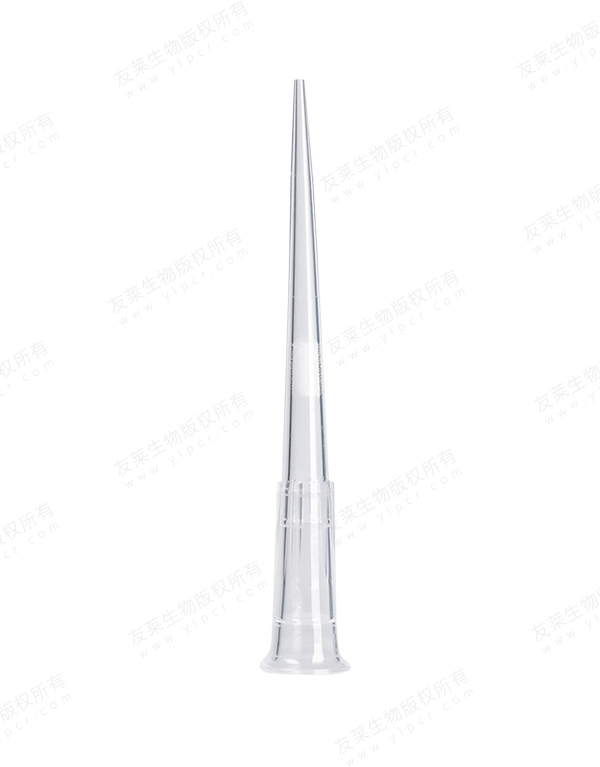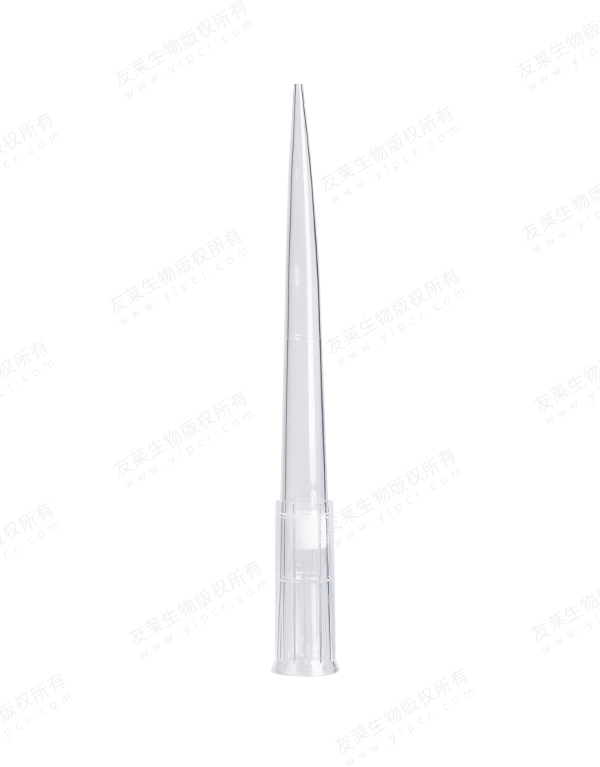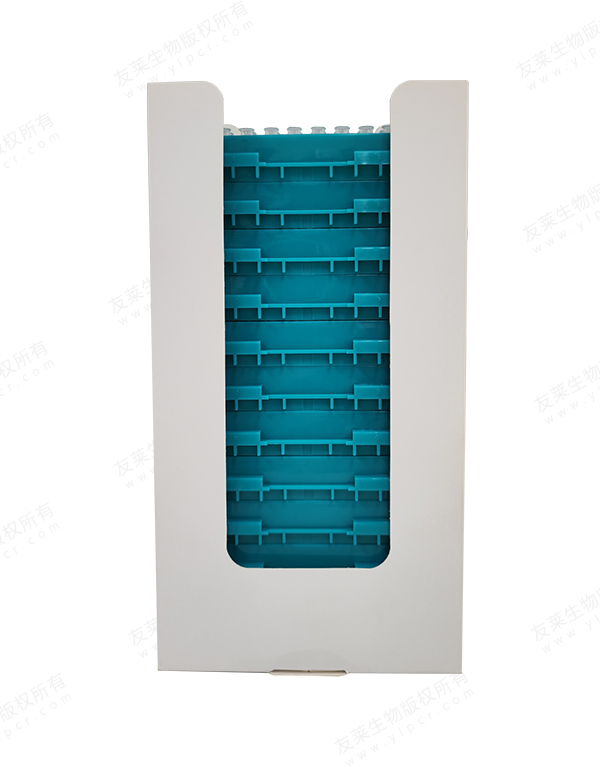Cryovial tubes, a staple in laboratories worldwide, play a pivotal role in preserving biological samples for research and medical purposes. These small, cylindrical containers are specifically designed to withstand ultra-low temperatures, making them indispensable in cryogenic storage. Let's delve into the science behind cryovial tubes and their significance in various fields.
Cryovial tubes are typically made of materials like polypropylene or polyethylene, known for their durability and resistance to extreme temperatures. The design includes features such as screw caps with silicone O-rings to create a tight seal, preventing leakage and contamination. This robust construction ensures the integrity of the samples stored within.
One of the critical aspects of cryovial tubes is their ability to withstand ultra-low temperatures, often as low as -196°C (-321°F) in liquid nitrogen storage. This capability is essential for preserving the viability of biological samples, including cells, tissues, and genetic material, over extended periods. By storing samples at such low temperatures, researchers can effectively halt biological activity, maintaining sample integrity for future analysis and experimentation.
In addition to their role in cryopreservation, cryovial tubes are also instrumental in sample organization and management. Their small size allows for efficient use of storage space, enabling researchers to store a large number of samples in a compact footprint. Moreover, cryovial tubes are often color-coded or labeled for easy identification, streamlining the retrieval process in busy laboratory settings.
The versatility of cryovial tubes extends beyond research laboratories to clinical settings, where they are used in biobanks for storing patient samples. These samples serve as valuable resources for studying diseases, identifying biomarkers, and developing personalized treatment strategies. Cryovial tubes ensure the long-term preservation of these samples, maintaining their quality for diagnostic and research purposes.
In recent years, advancements in cryovial tube technology have led to the development of specialized variants tailored to specific applications. For example, some cryovial tubes feature barcoding or RFID (Radio-Frequency Identification) tags for automated tracking and inventory management. Others incorporate unique designs to facilitate sample retrieval or to prevent cross-contamination during storage and handling.
Cryovial tubes play a vital role in preserving biological samples for research, medical, and diagnostic purposes. Their ability to withstand ultra-low temperatures, coupled with robust construction and efficient design, makes them indispensable tools in cryogenic storage. As technology continues to evolve, cryovial tubes will undoubtedly remain indispensable assets for scientific and medical advancements.

 English
English русский
русский 中文简体
中文简体




